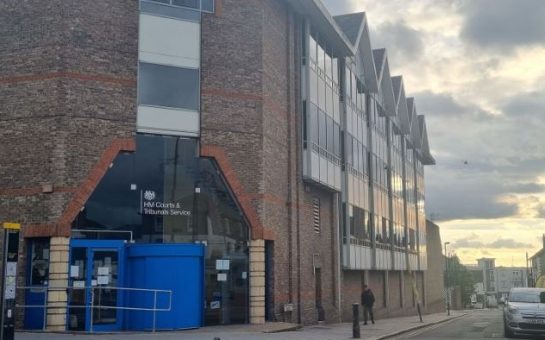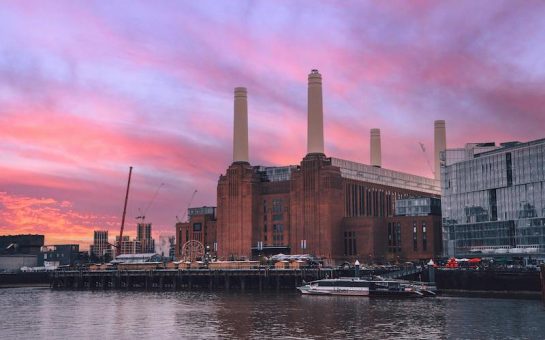A new film about racism and police brutality in America previewed at Cineworld Wandsworth on Sunday ahead of its UK release during Black History Month.
The Hate U Give is based on a book by Angie Thomas and covers a range of topical issues.
Directed by George Tillman Jr, the opening scene shows young black children being taught by their father what to do if they get pulled over by the police including exactly how to place their hands on the dashboard.
In a later scene, lead character Starr Carter is now 16 and is told by her white school friend Hailey during a basketball game to “pretend the ball is a piece of fried chicken” as she chases it.
These two scenes give the viewer an insight into the complex world Starr (played by Amandla Stenberg) navigates, between attending Williamson – a mostly white, affluent prep school – and living in Garden Heights -a mostly black, poor neighbourhood.
Starr’s carefully crafted ability to balance these two worlds is interrupted when she witnesses her childhood friend 17-year-old Khalil Harris (played by Algee Smith) shot dead by a white police officer who mistakes his hairbrush for a gun.
The film centres in on how the media portray the dead young black man and the living young white man and the reactions of the wider communities.
Police officer Brian Macintosh is said to be a nice young man from a nice family just doing his job.
Khalil is said to be a drug dealer who caused his own death by not following the officer’s instructions to stand still while he ran checks on his driving licence.
While both men could be said to have made mistakes, it’s the difference in the consequences of those mistakes that stands out.
The white officer is put on paid administrative leave while a Grand Jury investigates whether he should stand trial. The cost of Khalil’s mistake is death.
“It’s impossible to be unarmed when our blackness is what they fear,” is a powerful line from the film and it’s this ability to highlight the fear-based assumptions, stereotypes and prejudices that many people hold about black people on a big screen that makes the film unique.
The film also challenges the black community to look inwards at the internal issues it faces.
In a poignant scene, Starr has a conversation with her Uncle Carlos, a black police officer, about what he would have done in the same situation.
She challenges his response that he would have shot too by asking if he would shoot or tell the person to put their hands up if it was a white male in a suit from a nice neighbourhood.
His admission that he would give the white man a warning first illustrates how black people can hold deep prejudices about one another while giving white people the benefit of the doubt.
The film has sparked a heated debate online.
Some say the 113-minute film stirs racial tensions, while others say it depicts the frequent deaths of young black men by white police officers in a way that makes some white people uncomfortable.
This conflicted reaction is unsurprising given the subject matters being tackled and like other great American movies on race, such as American History X, the film has a clear moral message: hatred only creates more hatred.
But it also leaves the viewer uncomfortable, feeling like many questions are unanswered and many elements have no clear resolution at the end of the film.
By doing so, the film is imitating real life.




